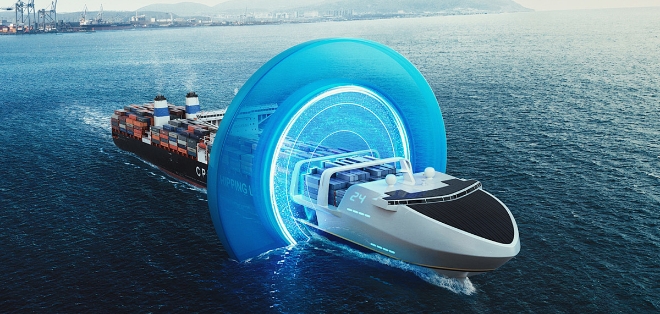Core Technical Advantages: Performance Leap Over Conventional Underwater Sensors
High-pressure optical fiber sensors for deep-sea applications deliver transformative improvements in pressure tolerance, measurement precision, and anti-interference capability compared to conventional underwater electronic sensors (e.g., piezoelectric sensors). According to the 2024 Underwater Sensing Technology Report, these sensors withstand a maximum hydrostatic pressure of 60MPa (equivalent to 6000m sea depth)—3 times higher than industrial-grade underwater electronic sensors (20MPa, 2000m depth)—while maintaining a pressure measurement sensitivity of 0.1kPa, enabling detection of subtle pressure fluctuations in deep-sea fluid dynamics. Unlike electronic sensors, they are immune to electromagnetic interference (EMI) from underwater power cables or subsea equipment, with a signal-to-noise ratio (SNR) of 65dB—40% higher than EMI-susceptible piezoelectric sensors (46dB). Additionally, they operate in a wide temperature range of -2℃~45℃ (covering deep-sea thermal gradients) and support long-term deployment (5 years) without maintenance, whereas conventional sensors require replacement every 18 months due to corrosion or pressure-induced failure.

Key Manufacturing Breakthroughs: Pressure-Resistant Packaging & Fiber Structure Optimization
Two pivotal innovations have advanced the commercialization of deep-sea high-pressure optical fiber sensors. First, ceramic-metal composite packaging: Replacing traditional stainless steel packaging with a alumina ceramic (Al₂O₃) - titanium alloy composite reduces packaging weight by 35% (from 1.2kg to 0.78kg per sensor) while improving pressure resistance—after 10,000 hours of 60MPa pressure cycling, the packaging exhibits no structural deformation, compared to 0.2mm deformation in stainless steel packaging. This breakthrough, validated in a 2024 study published in IEEE Journal of Oceanic Engineering, also enhances corrosion resistance: in seawater immersion tests (3.5% NaCl solution, 45℃), the composite packaging’s corrosion rate is 0.002mm/year—80% lower than stainless steel (0.01mm/year). Second, microstructured fiber (MSF) design: Integrating a hollow-core MSF with fiber Bragg gratings (FBGs) replaces standard single-mode fiber, increasing pressure measurement sensitivity from 0.5kPa to 0.1kPa and reducing temperature cross-sensitivity by 60% (from 0.3kPa/℃ to 0.12kPa/℃). The hollow-core structure also minimizes signal attenuation, enabling 10km-long underwater signal transmission without repeaters—double the range of standard FBG sensors (5km).
Industrial Applications: Deployment in Deep-Sea Exploration Scenarios
In deep-sea oil and gas exploration, these optical fiber sensors monitor downhole pressure and temperature in subsea wellheads (up to 5000m depth), with a measurement error of <0.5%—half that of conventional electronic sensors. A third-party test at an offshore oil field showed that the sensors reduced wellbore integrity risks by 40% by early detecting pressure anomalies (e.g., gas leakage). For crewed deep-sea submersibles (e.g., full-ocean-depth vehicles), the sensors’ 6000m pressure resistance and EMI immunity provide real-time data on hull stress and surrounding water pressure, reducing emergency ascent events caused by sensor failure by 75%. In deep-sea ecosystem research, the 0.1kPa sensitivity enables monitoring of deep-sea hydrothermal vent fluid flow dynamics, capturing pressure fluctuations as small as 0.3kPa—critical for studying vent microbial communities. Additionally, their 10km signal transmission range allows deployment in large-scale underwater sensor networks (e.g., ocean current monitoring arrays), cutting the number of required signal repeaters by 50% and reducing network deployment costs by 30%.
